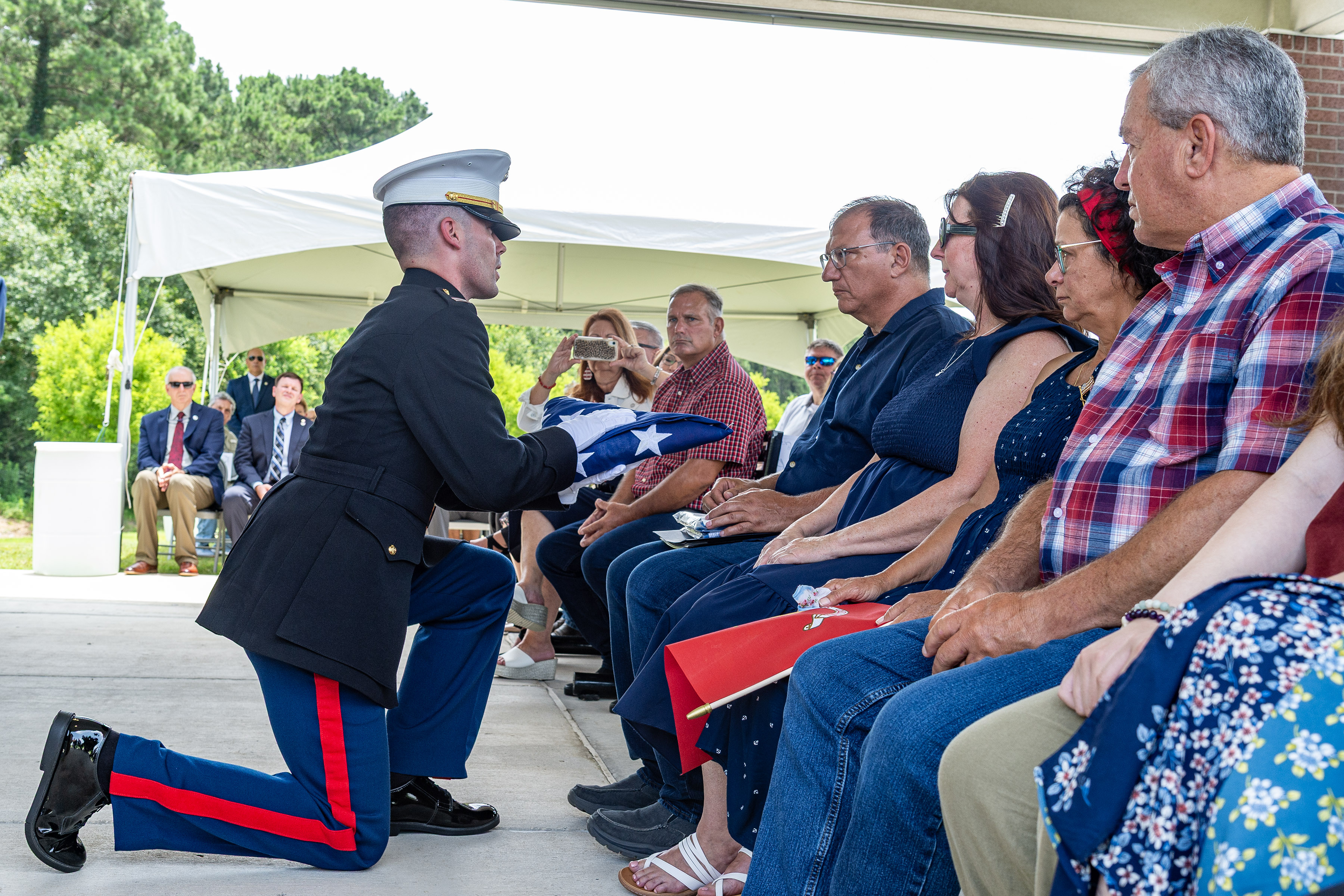Informer: Four forces, five stresses govern aircraft limits
Published 11:15 am Wednesday, July 31, 2013
What determines the highest altitude an aircraft can fly?
Aircraft are limited by their design specifications, which take into account the four forces of flight — lift, thrust, drag and weight — along with the five stresses the craft will experience in operation.
“Lift and thrust are the main forces that make flight possible. As long as they are greater than weight or drag, (the) plane will fly. Thrust is the forward acceleration produced by a plane’s engine. The less dense the air the more thrust a plane must produce to create the needed lift. …,” reads a Universe Today article.
“Every plane has a maximum condition it achieves to fly. This maximum is the best possible combination of density, speed, and lift to fly the plane. That is why the height a plane can fly can vary so much. It depends on the needs of the plane.”
The stresses, according to the Federal Aviation Administration’s Aviation Maintenance Technician Handbook–Airframe:
Tension — “Tension is the stress that resists a force that tends to pull something apart. … The engine pulls the aircraft forward, but air resistance tries to hold it back. The result is tension, which stretches the aircraft. The tensile strength of a material is measured in pounds per square inch (psi).”
Compression — “Compression is the stress that resists a crushing force. … The compressive strength of a material is also measured in psi. Compression is the stress that tends to shorten or squeeze aircraft parts.”
Torsion — “Torsion is the stress that produces twisting. … While moving the aircraft forward, the engine also tends to twist it to one side, but other aircraft components hold it on course. Thus, torsion is created. The torsion strength of a material is its resistance to twisting or torque.”
Shear — “Shear is the stress that resists the force tending to cause one layer of a material to slide over an adjacent layer. … Two riveted plates in tension subject the rivets to a shearing force. Usually, the shearing strength of a material is either equal to or less than its tensile or compressive strength. Aircraft parts, especially screws, bolts, and rivets, are often subject to a shearing force.”
Bending — “Bending stress is a combination of compression and tension.”
“Aircraft structural members are designed to carry a load or to resist stress,” the handbook reads.
“In designing an aircraft, every square inch of wing and fuselage, every rib, spar, and even each metal fitting must be considered in relation to the physical characteristics of the material of which it is made. Every part of the aircraft must be planned to carry the load to be imposed upon it.”
Online: www.universetoday.com/87260/how-high-do-planes-fly; www.faa.gov/regulations_policies/handbooks_manuals/aircraft.
The Informer answers questions from readers each Sunday, Monday and Wednesday. It is researched and written by Andrew Perzo, an American Press staff writer. To ask a question, call 494-4098, press 5 and leave voice mail, or email informer@americanpress.com
(wikimedia commons)





